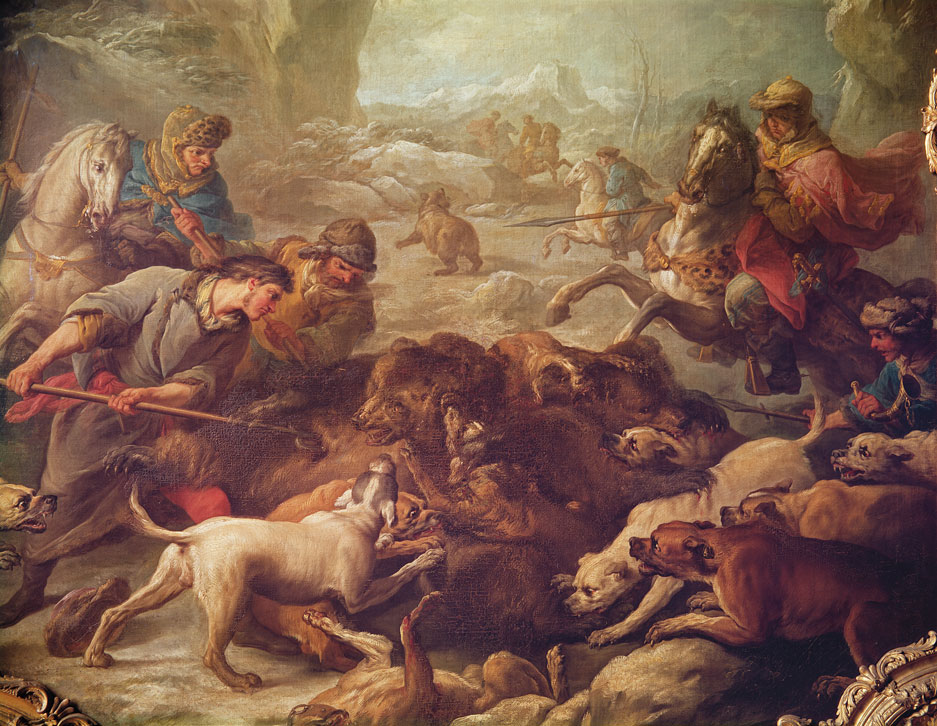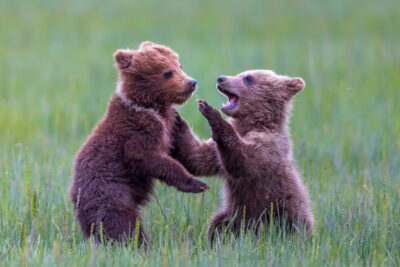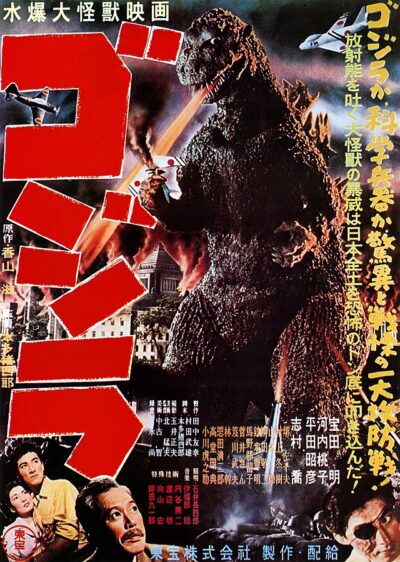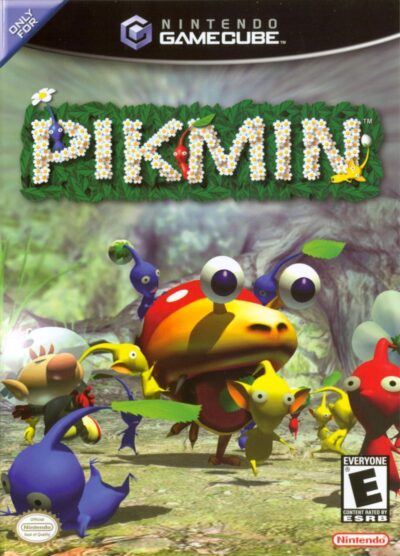| Creator | Charles-Andrè van Loo (1705-1765) |
| Media Form | Painting |
| Genre | Rococo, Animal Painting |
| Technique | Oil, Canvas |
| Date and Location of Creation | 1736 in Musée de Picardie, Amiens, France |
| Publication Information | The Exotic Hunts of Louis XV Collection at The Amiens Museum, Public Domain |
| Predator Represented | Bears |
Predation as a Concept
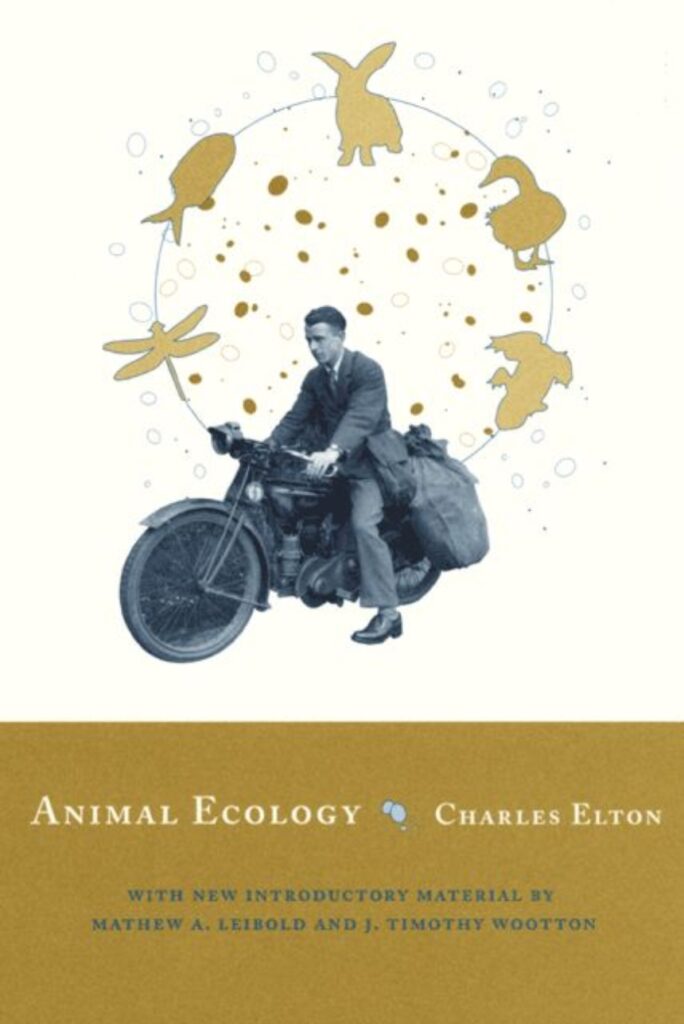
Within the grand scheme of the natural world, we fall victim to the desire to conquer. Predation as a concept is the invocation of the aforementioned necessity to dominate. In the ecosystem, there is a series of predators and prey that interact with one another, simply interpreted as the food chain. The concept of the food chain was pioneered by English zoologist Charles Sutherland Elton in 1927, as described by Wikipedia, in his renowned novel Animal Ecology. Elton’s description of the food chain allowed us to further interpret it as a means of linear flow of energy and nutrients between variations in species.
Animal behavior is a concept is often in its most simplest terms interpretable and explained through the usage of the food chain. The food chain in itself is a system we become familiar with early on in our education. What we often fail to comprehend is how we replicate what we deem natural in the notion of predation into the artificial factors of our lives. After all, most philosophies of life are modeled after what we view in nature, within other species, so the concept of predation is no different.
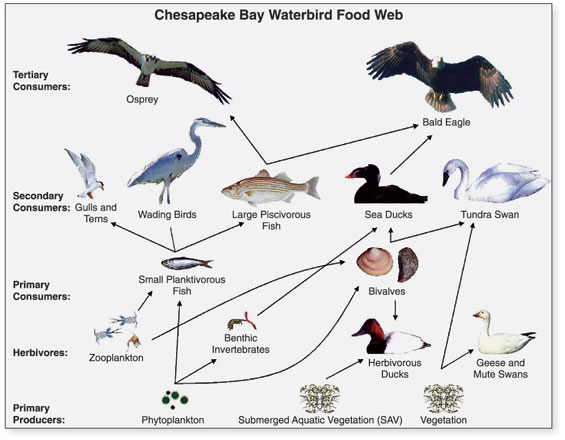
For instance, how it exists in terms of evolution. Scientifically, according to Nature, predation is necessary for living organisms as it is it forces them to evolve. Essentially, without a reason to evolve, why would we? In a similar sense, many people in modern times hold the belief that adversity challenges you to work harder. In capitalistic societies that many of us find ourselves shackled to, we are told that the adversities we face, such as poverty, are simply factors in our success. In nature, evolved prey are awarded survival from their predators. In our society, we are also rewarded survival from our predators in the form of a paycheck. However, what is deemed to be a predator is heavily debatable. After all, the criteria of what a predator is is notoriously broad, with a sole emphasis on preying on another species. In that regard, in the same category as lions and sharks, there are microorganisms that prey on other microorganisms, as described by the Lawrence Livermore National Laboratory. Yet, as humans, we have become captivated by the depictions of these animals as fearless, strong, powerful beasts. These depictions however may evoke as much dread as they do awe.
A Brief Venture into Charles-André van Loo
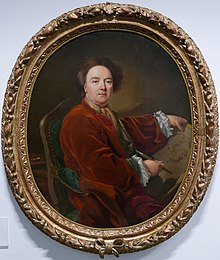
The concept of predation has been explored within various forms of media throughout history, including the painting “The Bear Hunt”, which served as one of the nine paintings in the collection “The Exotic Hunts of Louis XV Collection” at the Amiens Museum in France, according to the Web Gallery of Art. The artist of the oil painting, Charles-André van Loo, had truly created a period piece, similar to that of his other work which embraced the nature of the Rococo era wholeheartedly, as characterized by Britannica. This era brought along elements of elegance, asymmetries, and light coloring. Van Loo was born in Nice, Duchy of Savoy (Now France) in 1705, and was able to see the immersion of this art style in the 1730s. The era brought along artwork characterized by soft colors and depictions of nature and its interactions with humanity, similar to that of “The Bear Hunt”. In a historical context, this period during the early 18th century, dawned the time often referred to as “The Enlightenment” in Europe, as depicted by the British Library, in which there was a major societal shift. With the challenge of traditional views altogether, artists like van Loo sought to understand humanity’s dynamics with the natural world from a novel perspective.
The Hunting of the Bear
There is a major level of ambiguity that shrouds what can be constituted as a predator. In the context of “The Bear Hunt”, the complexity of predation, and it’s multifaceted nature is truly being depicted. Ultimately, perception is the key factor in deeming a predator. In the artwork, we view people, some even on horses, attacking a hoard of bears alongside seemingly trained dogs. One feature of the image that compelled me was that the humans aren’t being harmed and they have violent expressions, characteristics we typically associate with that of a predator. The complications in our thought process however arrive with our natural instinct to deem the bear the predator, as it is what we commonly see depicted.
Additionally, another feature that further complicates the imagery is when we acknowledge the role of the dogs, who are being actively harmed by the bears. Now, would they be the prey, even though they are attacking? Or would they be transformed into prey upon injury? Albeit, their injuries only exist as a direct correlation with the human’s desire for predation. So, would humans technically be their predators? The conventional predator-prey narrative becomes heavily complicated as factors change, and the role of humanity becomes questioned. In this image, it appears that humans are hunting an animal we commonly view as a predator, so where does that put us in terms of the food chain? Humanity typically tends to view itself as a dominant species, but does that domination align us with predation?
Zootopia: The Perspective of the Predator
As related to the notion that the identity of predators is reliant on perspective, Disney’s 2016 animated film “Zootopia”, as detailed by Wikipedia, explores a new perspective on the concept of predation. In the film, animals of all kinds, both predators and prey, co-exist in human-like ways within the city. At first, the animals are deemed to be equal, with no intense sense of predator and prey, however, it becomes apparent that one type of animal is dominant. And no, it isn’t the predator. Instead, within the film, predators are oppressed and forced to deal with prejudice. For instance, in the clip shown above, one of the main characters Nick, is a fox and therefore a predator. In the clip he recounts discrimination he had endured as a child, being viewed as shifty and trustworthy. However, the prey themselves truly believe the predators may be harmful to them, although the predators are the ones being harmed at the moment. All things considered, the film forces us to reconsider what preconceived notions we have about predation, especially in terms of how perspective may alter it.
The Predators Among Us
As we draw our philosophies and moralities from the interactions we view with other species, one thing is clear: humans ourselves can be the true predators, both in the natural world and within our own species. In a society tainted by discrimination and prejudice, it’s not so difficult to understand the allegories for systemic oppression in media such as the previously mentioned film “Zootopia”. When we unjustly categorize groups as harmful, it beckons us to wonder, perhaps maybe we are the true predators or harm invokers. In a more physical sense, humans ourselves are known to exploit the natural world, and prey upon what may not belong to us. After all, that’s why we often find ourselves in environmental crises, or we see the extinction of other species, as depicted on Extinct Animals, at our own fault as we recklessly destroy ecosystems. Humans are just as, or if not more, capable of perpetuating fear, prejudice, and hurt, as much as the typical “predator”.
The Bear Hunt © 2023 by Alondra Nieves-Orama is licensed under CC BY-NC 4.0
